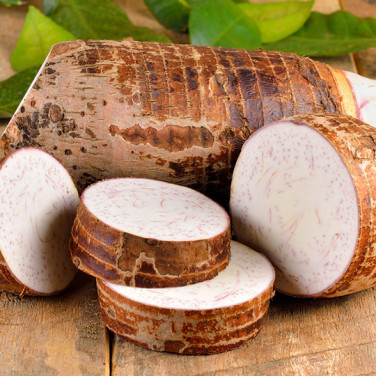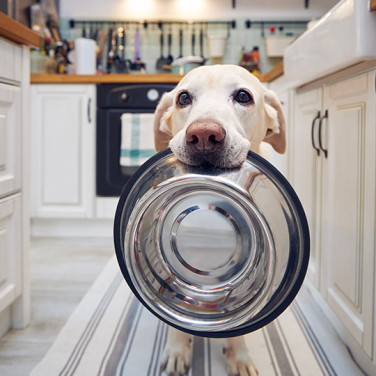DISEASES
Gallbladder Mucocele in Dogs - Causes and Symptoms of Canine GBM
페이지 정보
본문
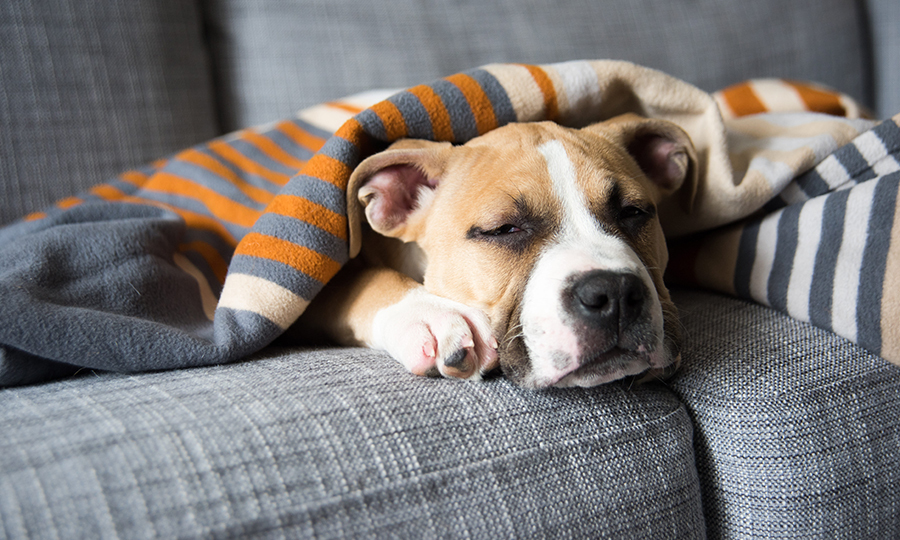
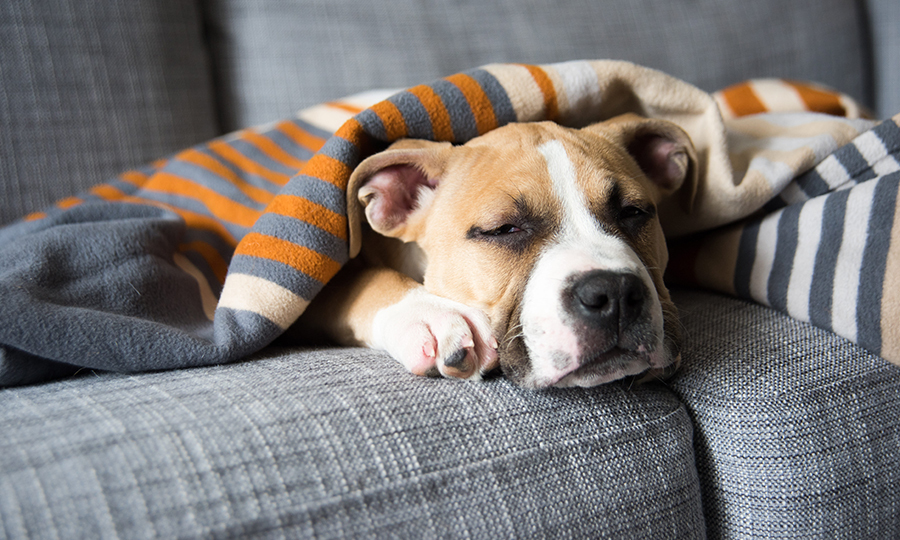
What is gallbladder mucocele?
Gallbladder mucocele is the abnormal enlargement of the gallbladder due to a buildup of excess mucous that solidifies, or a mucocele, over time. The gallbladder stores bile produced by the liver, which helps to digest fats. When mucous builds up inside the gallbladder, it can cause the organ to enlarge and the wall to thin, leading to a possible rupture. Symptoms such as loss of appetite, vomiting, fatigue, abdominal pain, and even death if left untreated for a long time. An accurate diagnosis can be made through an abdominal ultrasound. It's important to treat gallbladder mucocele in dogs early, as a blocked bile duct or leaking bile due to gallbladder rupture can lead to peritonitis or sepsis.
What causes gallbladder mucocele in dogs?
Gallbladder mucocele occurs as a result of excessive secretion and accumulation of mucous. Decreased gallbladder function and reduced bile flow can result in the formation of biliary sludge, which increases the risk of developing mucocele. Furthermore, it may be related to diseases such as hormone-related diseases and hyperlipidemia.
Common causes of canine GBM
- Endocrine diseases - hyperadrenocorticism, hypothyroidism, diabetes, etc.
- Hyperlipidemia
- Hypercholesterolemia
- Gallbladder dysmotility
- Mucosal hyperplasia of the gallbladder
Symptoms of gallbladder mucocele in dogs
The initial symptoms of canine GBM are often vague and intermittent, such as loss of appetite and abdominal discomfort. These symptoms are often mistaken for digestive issues and not taken seriously. As the disease progresses, more noticeable symptoms such as jaundice, vomiting, and diarrhea may occur. If the mucocele beings to affect the gallbladder severely, the dog may experience severe loss of energy, fever, and abdominal pain.
Symptoms of gallbladder mucocele:
- Abdominal discomfort and pain
- Loss of appetite
- Decreased energy
- Jaundice
- Vomiting
- Diarrhea
- Weight loss
- Excessive drooling
- Excessive/frequent urination
- Rapid breathing or rapid heart rate
- Fever
Dangers of gallbladder mucocele in dogs
Gallbladder mucocele is more commonly seen in adult to elderly pets. Certain breeds, such as Shetland Sheepdogs, Miniature Schnauzers, and Cocker Spaniels, are more prone to developing mucocele. In case of a gallbladder rupture, the symptoms can include severe weakness, abdominal pain, jaundice, rapid heartbeat, rapid breathing, and fever. This disease is considered a medical emergency and requires immediate attention from a veterinarian.
Are there natural remedies for gallbladder mucocele at home?
Gallbladder mucocele is a serious condition that a guardian cannot manage alone at home. If the symptoms mentioned above appear, it is necessary to seek professional help from a hospital for proper diagnosis and treatment.
Diagnosis of gallbladder mucocele in dogs
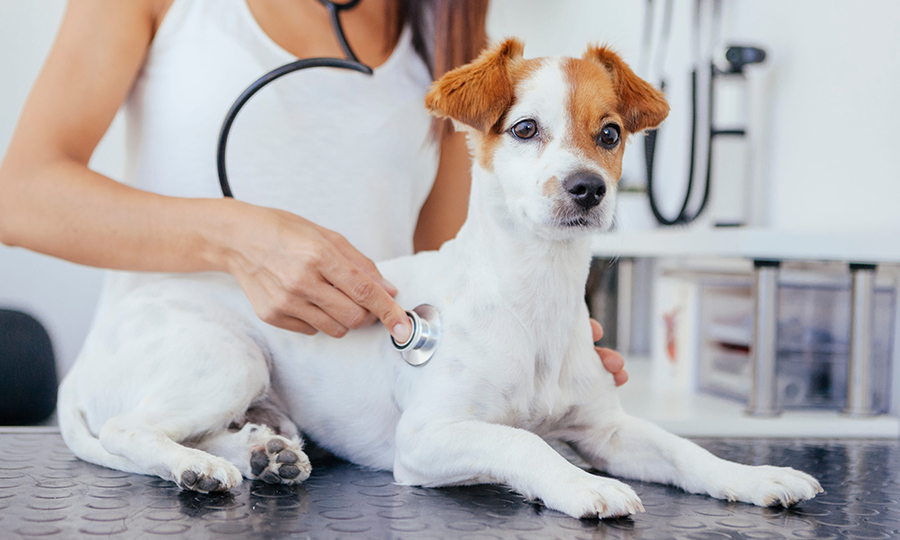
Canine GBM can be identified through an abdominal ultrasound. Further tests may be conducted to assess the dog's overall condition for treatment purposes.
-
Abdominal Ultrasound
The most crucial test in diagnosing gallbladder mucocele is to inspect the contents and appearance of the gallbladder through an ultrasound. An ultrasound is a useful tool to detect any gallbladder ruptures and abnormalities in the bile ducts, liver, or pancreas. If the ascites is caused by a ruptured gallbladder, ascites may be removed and examined using a needle and syringe.
-
Blood tests
A CBC, blood chemistry test, and blood gas test can evaluate your pet’s overall physical condition. This can help check for the presence of inflammation, liver abnormalities, hypercholesterolemia, and hyperlipidemia.
-
X-rays
Abdominal radiographs offer a general perspective of the organs located in the abdominal cavity. If the gallbladder has ruptured, a decline in the sharpness of the abdomen (serosal detail) will be seen. A chest radiograph is conducted before anesthesia to assess for any irregularities in the heart or lungs.
-
Bacterial culture test
After the removal of the gallbladder, an antibiotic susceptibility test is conducted to identify the type of bacteria present in its contents.
Caine gallbladder mucocele treatment process
If the gallbladder has not ruptured yet, a veterinarian may prescribe a treatment plan that includes antibiotics, choleretics, and hepatoprotectants. In the case of a ruptured gallbladder, it must be removed and the abdominal cavity cleaned. The treatment for severe gallbladder mucocele in dogs is the surgical removal of the gallbladder. This procedure does not significantly impact daily activities and can be performed without major problems. If there are additional diseases such as endocrine system disease or hyperlipidemia, tailored management will be required for each disease.
Prevention of canine GBM
Early detection is crucial, as there is currently no method for preventing gallbladder mucocele. If your dog has a related condition such as adrenocortical hyperactivity or hypothyroidism, it is important to monitor it through regular check-ups.
Find out more about your dog’s symptoms and diseases on the Buddydoc app!
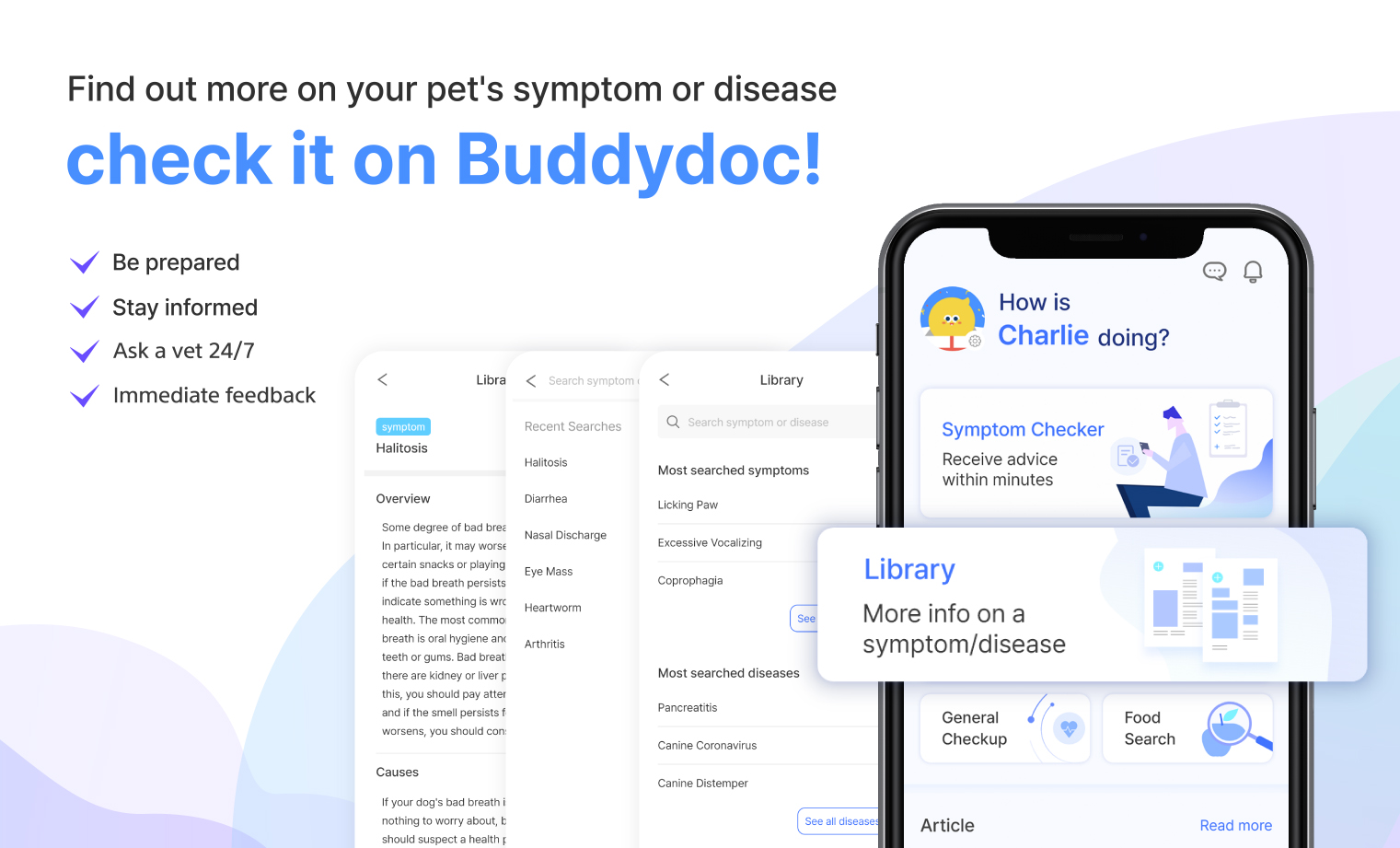
The Buddydoc library is filled with everything you’d want to know about each symptom and disease your pet may experience. If you would like to find out more about the causes, signs, treatments, preventions, and more for your dog’s disease. Try out the Buddydoc app and search your pet’s symptom or disease in the Buddydoc library.




